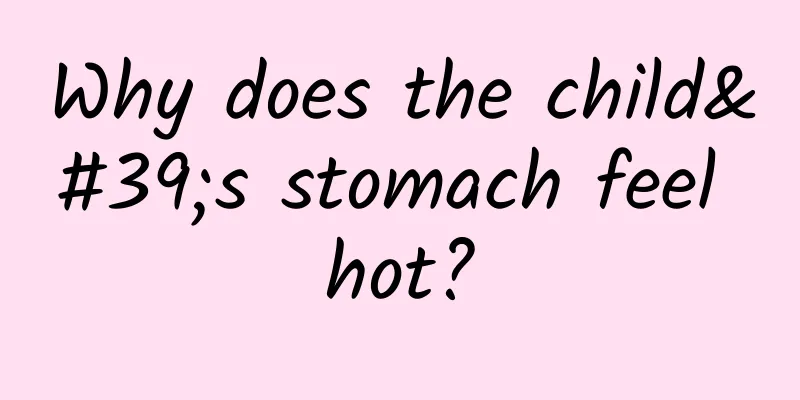What causes skin cysts?

|
Skin cysts are subcutaneous cysts that can occur at any age. They are mainly concentrated in the head, face, arms, back, etc. There are no obvious symptoms, and infection and suppuration may occur. Skin cysts are difficult to treat and may even require surgery and laser removal. Understanding the cause will help better prevent them. So, what causes skin cysts? Let’s take a look below. When the sebaceous gland duct is blocked, cysts are formed due to the accumulation of sebaceous glands in the gland. Histopathological examination showed that the sebaceous glands underwent cystic changes. The cysts were filled with white powdery sebaceous gland secretions, broken sebaceous gland cells, and a large amount of cholesterol crystals with a foul odor. The outer layer of the cyst wall is composed of fibrous connective tissue, and the inner layer is composed of epithelial cells. When the cyst ruptures, foreign body giant cells may appear around it. People with sebaceous cysts should pay special attention to skin care, pay attention to hygiene, and take frequent baths, change clothes, and cut nails. Sebaceous cysts often occur in areas rich in sebaceous glands such as the head and face, and are prone to infection, causing local redness, swelling, tenderness, and even suppuration and rupture. Therefore, surgical excision is recommended, and the cyst wall must be completely removed during the operation, otherwise it is likely to recur. It is not that it cannot be removed by taking medicine, nor will it go away on its own. 1. Surgery or laser removal. Western medicine surgery or laser surgery removal. If there are symptoms of inflammation such as redness, swelling, heat and pain before surgery, the inflammation should be controlled first and surgery should be arranged later. The disadvantage is that it is easy to leave scars and relapse. The entire operation process of the surgery is: during the operation, a fusiform skin incision can be designed along the skin grain direction on the skin connected to the cyst, especially when the duct opening is seen, and the cyst is removed together with the cyst. Be particularly careful during separation as the cyst wall is very thin and should be removed as completely as possible. Because it is under the skin, the operation is very difficult. If the cyst wall remains, it is easy to relapse. 2. Take anti-inflammatory drugs for 1 week after surgery. For oral administration of VC, B1, B2, etc., the dosage can be increased appropriately. The patient will recover within 7 to 10 days after the operation. 3. Check the wound dressing after surgery and perform local treatment if any signs of infection are found. |
<<: Male genital skin swelling
>>: What to do if breast milk is hard and swollen
Recommend
What needle is used for cupping and bloodletting?
Cupping and bloodletting is also a commonly used ...
After weaning, one milk increases while the other does not
It is most likely to happen when weaning one milk...
What to do if your face is swollen due to tooth inflammation
If gingivitis and periodontitis are more serious,...
What diseases can knotweed cure
The field grass of the south is a very common her...
Does moxibustion help pregnancy?
It is actually feasible to use moxibustion to hel...
What is a ventricular aneurysm?
There are many heart diseases clinically, and ven...
What are the reactions and benefits of moxibustion? Do you know?
Many people know that Chinese medicine is profoun...
The role of sheep placenta, do you know these roles?
As people get older, the problem of aging becomes...
What's the matter with the lump on the neck?
The health of the neck has a great impact on peop...
What's the best way to treat a stuffy nose?
We breathe mainly through the mouth and nose, but...
What are vocal cord neoplasms?
Vocal cord neoplasms are growths in the vocal cor...
Is Chinese medicine good for treating cervical disc herniation?
As we all know, cervical disc herniation is very ...
What are the symptoms of sequelae of encephalitis? What should we pay attention to?
Experts point out that the sequelae of encephalit...
Preparation method of nine-processed tangerine peel
Speaking of nine-processed tangerine peel, I beli...
How can people with weak constitutions who cannot be nourished eat nourishing food in winter?
Urban life is stressful and busy, and people ofte...









